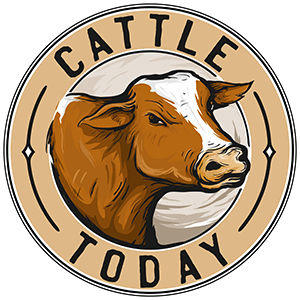Mark Reynolds
Well-known member
- Joined
- May 30, 2023
- Messages
- 851
- Reaction score
- 1,037
Oh dear! Uprooting stumps, salt........hard for me to consider in terms of thinking about resource concerns. Converting thick, brushy clearcuts to pasture isn't something I consider conservation work much but I have been involved with and seen. For starters, where are you? It looks like those are doug fir so I'd say the northwest.......long rainy fall/winter/spring?
The brush encroachment will be one thing to deal with. Soil health and pH will be your next thing to consider and what will grow on what you have or are able to create. Not much desirable grass will grow in acidic pine needle duff, which is what you have right now.
The brush encroachment will be one thing to deal with. Soil health and pH will be your next thing to consider and what will grow on what you have or are able to create. Not much desirable grass will grow in acidic pine needle duff, which is what you have right now.
